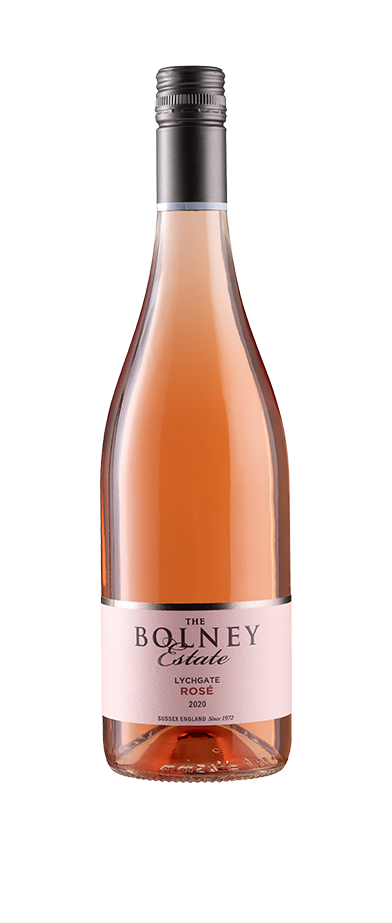It’s pink, it’s picture perfect and it’s surrounded by a whole lot of myths. We are, of course, talking about the oh so pretty rosé wine. Having seen a resurgence over the last couple of years, rosé divides opinions left, right and centre, but it’s long history and fantastic features make it the perfect wine for anytime and anyplace. Read on as we bust some of the most common myths about rosé.
MYTH – Rosé is made from red and white grapes…
Red and white makes pink, right? Wrong! Whilst this may be true for artists, when it comes to wine it’s a very different story.
Rosé wine is generally made from red grapes, and it is the contact with the red skins that gives rosé it’s gorgeous pink colour. After the grapes are crushed to make the wine, the skins are then left to work their magic and release their colour for a minimal amount of time (this can be as little as 2 hours up to about 1 day). This also means less tannins are released from the skins than with red wine, which leads to a lighter, more easy drinking wine. Winemakers have full control over this process, whether they are aiming for a light blush pink colour, or a darker coral colour, which brings us nicely onto the next point…
MYTH – The darker the wine, the sweeter the taste…
One of the biggest myths surrounding our favourite pink drink is that darker means sweeter. As we’ve mentioned above, the colour is to do with the length of time the skins are in contact with the grapes, and has no impact on sweetness. The sweetness is determined by the fermentation process, and the longer this process is, the dryer the wine. Our Lychgate Rosé, for example, has a gorgeous coral colour (we regularly swoon over how pretty this wine looks) but undergoes fermentation for around 14 days, a similar length of time to many of your favourite Sauvignons, so is a prime example of a dry rosé wine that boasts a darker colour. If you’re still not convinced, give our still English rosé, which is made from 100% Pinot Noir grapes, a try for yourself and see what we mean – we promise you won’t regret it!
MYTH – Rosé is just a trend…
Whilst rosé has definitely grown in popularity in recent years thanks to its picture perfect aesthetic, the wine itself was actually enjoyed as far back as ancient greek and roman times. Rosé is a superb wine and a lot of hard work goes into making it, with some of the world’s top wineries producing incredible examples of this pink wine, both still and sparkling.
MYTH – The best rosés are produced in France…
The French produce many great rosés such as Côtes de Provence, but there are plenty of other corners of the world that make world class wines of the pink variety. Of course, we may be biased, but England make some of the finest, delicate sparkling rosé wines using the traditional method (used to make Champagne), and premium still rosé wines that provide a refreshing drink all year round.
MYTH – Rosé is for summer…
Rosé, for many, evokes memories of summer evenings with friends, and it is the perfect drink for such occasions. However, rosé is just as perfect paired with warming winter meals and seasonal celebrations. If you’re looking to explore the world of rosé in winter, we’ve got the perfect drink for you. Our Lychgate Rosé makes a mouthwatering match for picnics and baked salmon in the summer and flavoursome Asian cuisine in the colder months, whilst our Eighteen Acre Rosé is perfect with summery afternoon teas and autumnal curries. If you’re looking to raise a glass to a special occasion, whether it’s a summer wedding or a Christmas party, our elegant Cuvée Rosé takes the spotlight, with its floral aromas and cranberry flavours.
So now you know a thing or two about rosé, gather your friends, order in your favourite rose-tinted wines, and show off your new-found knowledge over a bottle of Bolney’s finest.
Christmas Rosé Tasting Trio
£80.00
Christmas Sparkling Party Case
£102.00
£89.00
- English Wine Magnums
- 2016
Rosé Sparkling Duo
£72.00






